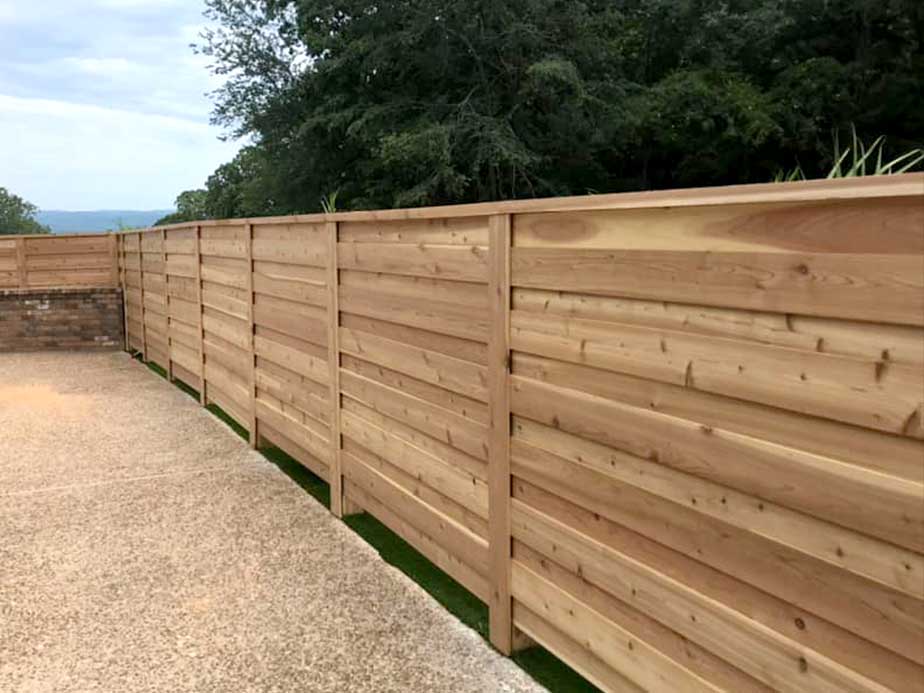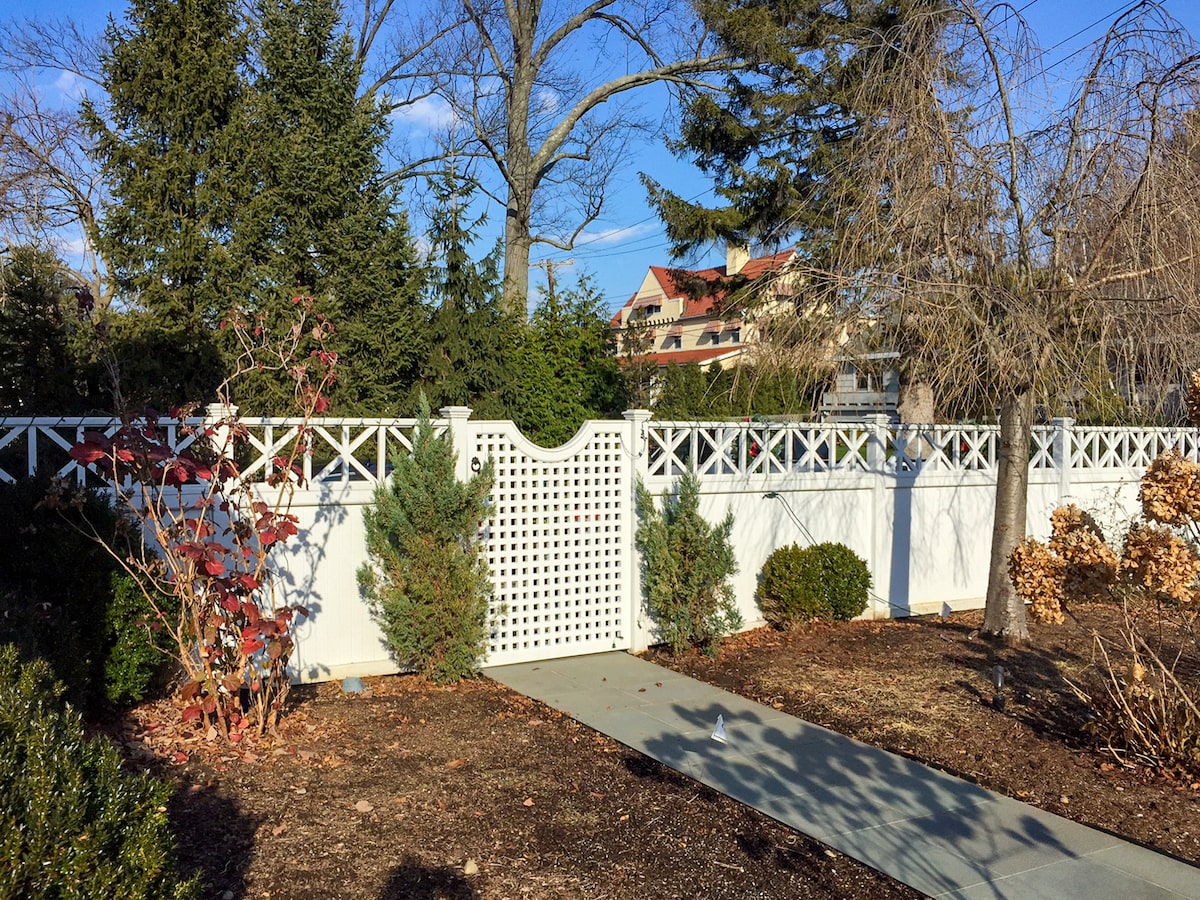All Categories
Featured

Picking the ideal sort of fence for your home is a considerable choice that can impact both the aesthetics and capability of your room. Whether you're searching for privacy, safety and security, or merely a decorative feature, there are different aspects to take into consideration when picking the optimal fence. Below are some crucial factors to consider to help assist your decision-making procedure.
- Establish the Purpose of the Fencing. The initial step in selecting the appropriate kind of fencing is to clarify its function. Various fences offer various features, and recognizing your certain demands will certainly help narrow down your options. Think about the adhering to:
Privacy: If you're seeking privacy, a strong and tall fence such as timber or vinyl will certainly avoid spying eyes from seeing into your backyard. Protection: For safety functions, a strong, high fencing made of aluminum or steel can discourage intruders and offer comfort. Visual Allure: A decorative fence made from functioned iron, aluminum, or picket-style wood can add charm and curb allure to your property. Pet or Pet Control: If you require to contain animals or livestock, a strong fencing like chain link or wood may be necessary to stop them from escaping. 2. Consider the Material. It's time to pick the product once you've developed the fencing's main function. Each sort of product features its own set of challenges and advantages. Here are some common materials to consider:
Timber: Timber fencings are personalized and flexible, offering privacy and a timeless look. They're perfect for conventional homes or country residential properties yet need normal maintenance to avoid rot, bug, or bending invasion. Plastic: Plastic fences are low-maintenance, resilient, and readily available in a selection of styles. They will not break, warp, or discolor, making them a great option for those that want a resilient, convenient fence. However, vinyl can be extra pricey upfront than timber. Aluminum: Aluminum fencings give a smooth, modern appearance and are long lasting, rust-resistant, and call for very little upkeep. They generally do not provide as much personal privacy as timber or vinyl, as the slats are frequently spaced apart. Chain Link: Wire mesh fence are frequently used for safety and security or to consist of family pets. They are inexpensive and long lasting, however they do not give much personal privacy or aesthetic allure unless you add slats or privacy screens. 3. Variable in the Climate and Upkeep Demands. Your region's climate can considerably influence the life-span and upkeep requirements of your fence. Products like timber may require extra care to prevent rot or mold and mildew growth if you live in an area with high humidity or frequent rain. On the various other hand, plastic and light weight aluminum fences are immune to the elements and call for much less upkeep.
In addition, consider the amount of time and initiative you agree to dedicate to fence maintenance. Wood fencings need normal staining or paint to maintain their appearance, while plastic and light weight aluminum require far less maintenance.
- Think of Sturdiness and Lifespan. Consider how long you want your fencing to last. If you're searching for a fencing that will last for years with little upkeep, vinyl and aluminum are exceptional choices. While timber fences can last 10-20 years with correct treatment, they might not hold up against the test of time as well as various other products.
Likewise, consider your spending plan. Products like wood and chain link have a tendency to be more affordable upfront, while plastic and aluminum often tend to find with a greater preliminary price yet supply long-lasting resilience.
- Match the Fencing to Your Residential Property Style. The type of fence you choose must complement the overall look of your residential property. A well-chosen fencing can boost your home's aesthetic charm, while a poorly picked fence can detract from it. As an example:
Typical Residences: A classic wood picket fencing or a wrought iron fence works well with older, more typical homes. Modern Residences: For a modern look, streamlined materials like aluminum or plastic can complement contemporary style. Country or Ranch Characteristics: A wooden or wire fencing may be excellent for rural properties or ranches, where practicality is simply as crucial as appearances. 6. Check Neighborhood Laws and HOA Standards. Before making your decision, examine your neighborhood zoning regulations and any type of HOA (Homeowners Organization) guidelines to guarantee that your wanted fence abide by height limitations, product needs, and various other local regulations. Some areas have certain regulations concerning the appearance of fences, particularly in property areas.

Final thought. Choosing the appropriate fencing for your building needs cautious consideration of your requirements, budget, and the design of your home. Whether you're prioritizing privacy, safety, or visual charm, there's a fence product and layout that will fit your requirements. By thinking about the factors detailed over, you can make a notified choice and choose a fencing that will enhance the performance and beauty of your building for many years to find.
Latest Posts
Uncover the Top Auto Repair Deals in Montclare, Chicago
Published en
1 min read
Discover Brake Repair & More: Comprehensive Auto Care Solutions from Montclare Auto Repair
Published en
1 min read
Explore Your Financial Partner at WyHy – Top Benefits for Your Financial Goals
Published en
1 min read
More
Latest Posts
Uncover the Top Auto Repair Deals in Montclare, Chicago
Published May 25, 25
1 min read
Discover Brake Repair & More: Comprehensive Auto Care Solutions from Montclare Auto Repair
Published May 25, 25
1 min read
Explore Your Financial Partner at WyHy – Top Benefits for Your Financial Goals
Published May 23, 25
1 min read